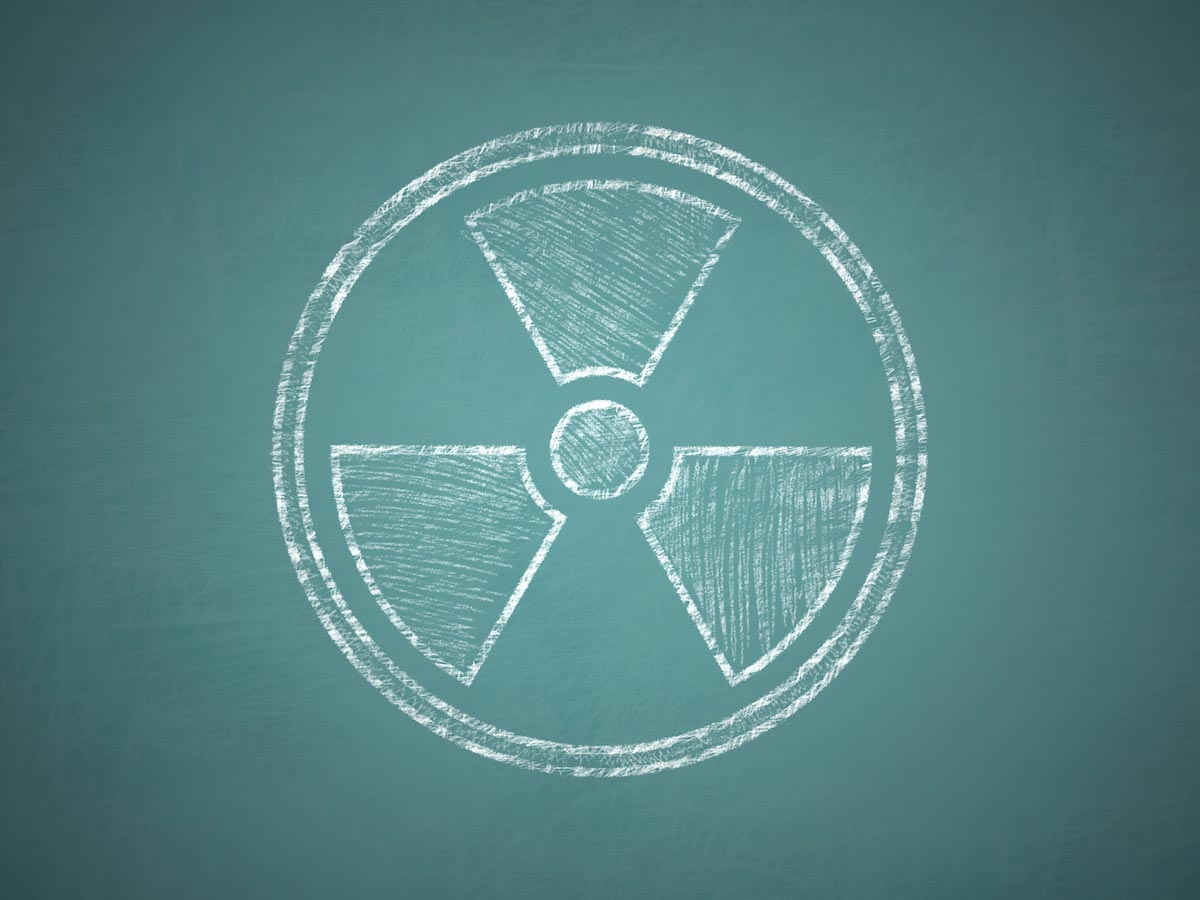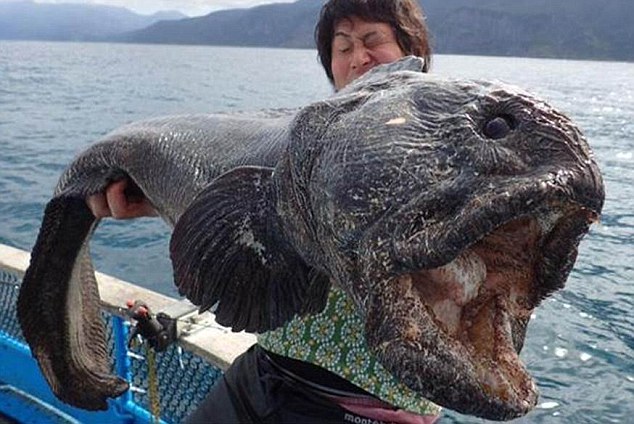Water tainted by radiation from the Fukushima disaster is sprouting fish that resemble monsters straight out of a science fiction film. That is at least the case with respect to a fisherman who caught a wolffish off the coast of the Japanese island of Hokkaido.
The wolffish, also known as the devil fish, are large, ferocious, prehistoric-looking creatures that typically scavenge for food along the ocean floor.
The marine animal captured by the fisherman, Hirasaka Hiroshi, by no means resembles a typical wolffish. Wolffish usually grow to be four feet in length, whereas this sucker was close to a whopping six feet. It was monster-like in both length and appearance, with a mouth large enough to swallow a small child.(1)
Toxic waste infects fish populations
People are wondering what accounts for the freakish size of the wolffish. The recent catch adds further evidence that toxic waste bleeding into the ocean from the Fukushima site is cutting, eating and shaping marine life.
In 2011, a massive earthquake triggered a tsunami that blasted the coast of Japan, laying waste to three nuclear reactors at the Fukushima Daiichi power plant. Since then, fishermen have expressed concern about the effects that radiation from the power plant is having on fish. The recent catch confirms that these worries are warranted.
This isn’t the first time toxic fish have emerged from the depths of Fukushima’s infested waters. Fish caught near the disaster heave measured radiation levels 2,500 times the legal limit.
Visit Fukushima.news for more breaking news on the unfolding Fukushima disaster.
Fukushima fuel fueling evolution of life
While catastrophes cause mass extinctions, they also fuel the evolution of life. In particular, disasters put selective pressure on species to cope with the rapidly changing environment. Rather than being a slow and gradual process, disasters can actually speed up the evolutionary process.
Marine life near the Fukushima disaster faces the evolutionary challenge of living in a radioactive world. Just four years after the Fukushima disaster, fish are already drastically changing.
Nevertheless, some sources are claiming that the wolffish’s size was not caused by radiation from the Fukushima plant, but was in fact a lucky catch. Since there are fewer fishermen in the area, this may have caused the fish to grow larger.
The impact the Fukushima disaster has had on the evolution of life is not bound the sea. Bird populations exposed to radiation near the Fukushima site are dropping like flies. Birds that cannot cope with the radiation are being weeded out by natural selection, allowing birds with the genes that are better able to cope with the radioactive waste to flourish.
Nor is radiation from the disaster limited to the Japanese coast. Radiation from Fukushima has traveled across the sea and is beginning to bombard the West Coast. Coincidentally, there has been a surge in beached marine life off the coast of California. Radiation from the Fukushima disaster isn’t just altering the environment off the coast of Japan, but transpiring across the Pacific Ocean.
Meanwhile, one cannot help to speculate about what sorts of new and foreign creatures may emerge from Fukushima-tainted waters and the environment.
To learn more about how radiation from the Fukushima disaster has infected the environment, visit TruthWiki.org.
Sources include:
(1) DailyMail.co.uk
(2) ScienceDaily.com

